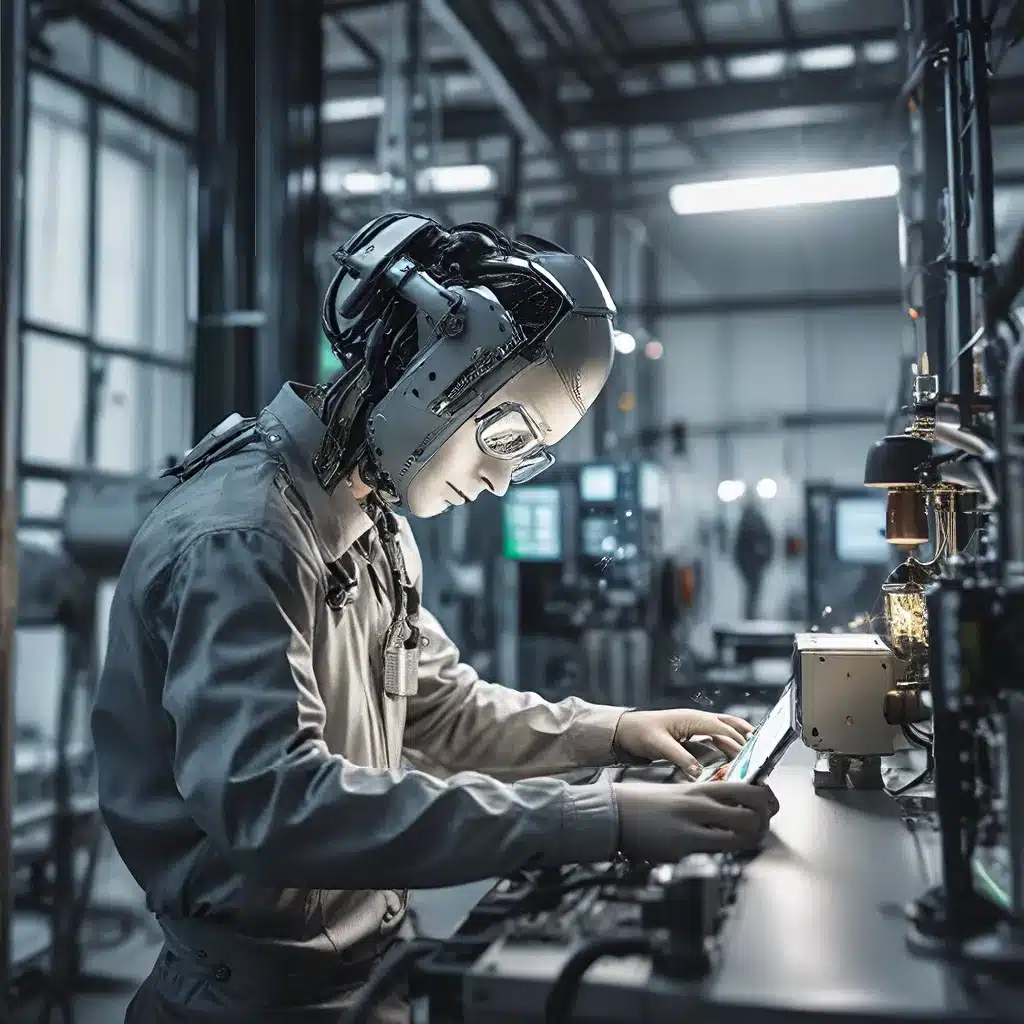
As the world becomes increasingly interconnected, the Industrial Internet of Things (IIoT) has emerged as a transformative force in the manufacturing sector. At the heart of this revolution are sensor networks, which are enabling a new era of smart factories characterized by unprecedented levels of energy efficiency, productivity, and adaptability.
The Rise of Smart Factories and the IIoT
The IIoT has ushered in a new age of data-driven manufacturing, where a vast network of sensors, actuators, and connected devices work in harmony to optimize every aspect of the production process. These sensor networks are the backbone of smart factories, collecting real-time data on energy consumption, equipment performance, environmental conditions, and more, providing a 360-degree view of the manufacturing ecosystem.
By leveraging this data-driven intelligence, factory managers can make informed decisions that drive energy efficiency and cost savings. From predictive maintenance that reduces unplanned downtime to automated process control that minimizes waste, the IIoT is transforming the way we think about industrial operations.
Adaptive Energy Management Strategies
One of the most significant benefits of sensor networks in smart factories is their ability to enable adaptive energy management. By continuously monitoring energy consumption patterns and environmental factors, these networks can dynamically adjust the operation of equipment, HVAC systems, and other energy-intensive assets to optimize energy efficiency.
Recent research has explored the use of machine learning and predictive analytics to develop adaptive energy management strategies for smart factories. These approaches leverage sensor data to forecast energy demand and proactively adjust operational parameters to minimize energy consumption while maintaining productivity.
For example, predictive maintenance algorithms can identify potential equipment failures before they occur, allowing for preventive maintenance that improves energy efficiency and reduces unplanned downtime. Similarly, real-time monitoring of environmental conditions, such as temperature and humidity, can enable adaptive HVAC control to optimize energy usage based on changing demands.
Securing the Industrial IoT
As the IIoT continues to transform the manufacturing landscape, security has become a growing concern. Sensor networks in smart factories are inherently vulnerable to cyber threats, as they often operate on legacy systems and lack robust security protocols.
Researchers have proposed a range of strategies to enhance the security of sensor networks in the IIoT, including end-to-end encryption, anomaly detection, and secure firmware updates. By adopting these security best practices, factory operators can protect their critical infrastructure and sensitive data from malicious actors.
Moreover, the integration of blockchain technology with sensor networks has emerged as a promising approach to improve IIoT security. Blockchain-based systems can create a tamper-resistant record of sensor data and operational events, enhancing transparency and trust in the manufacturing process.
The Future of Sensor Networks in Smart Factories
As the IIoT continues to evolve, the role of sensor networks in smart factories is poised to become even more critical. Advancements in 5G technology, edge computing, and cloud-based analytics are driving the development of more sophisticated sensor networks capable of real-time data processing and intelligent decision-making.
Emerging trends in sensor network design for smart factories include the integration of renewable energy sources, energy harvesting techniques, and adaptive power management to maximize energy efficiency and reduce the carbon footprint of industrial operations.
By leveraging the power of sensor networks and the IIoT, smart factories can transform the manufacturing sector, driving sustainable growth and competitiveness in the global market. As the sensor networks and IIoT continue to evolve, the future of industrial energy efficiency and productivity looks increasingly bright.
Visit sensor-networks.org to explore more insights and resources on the latest advancements in sensor network technology and their applications in the Industrial IoT.